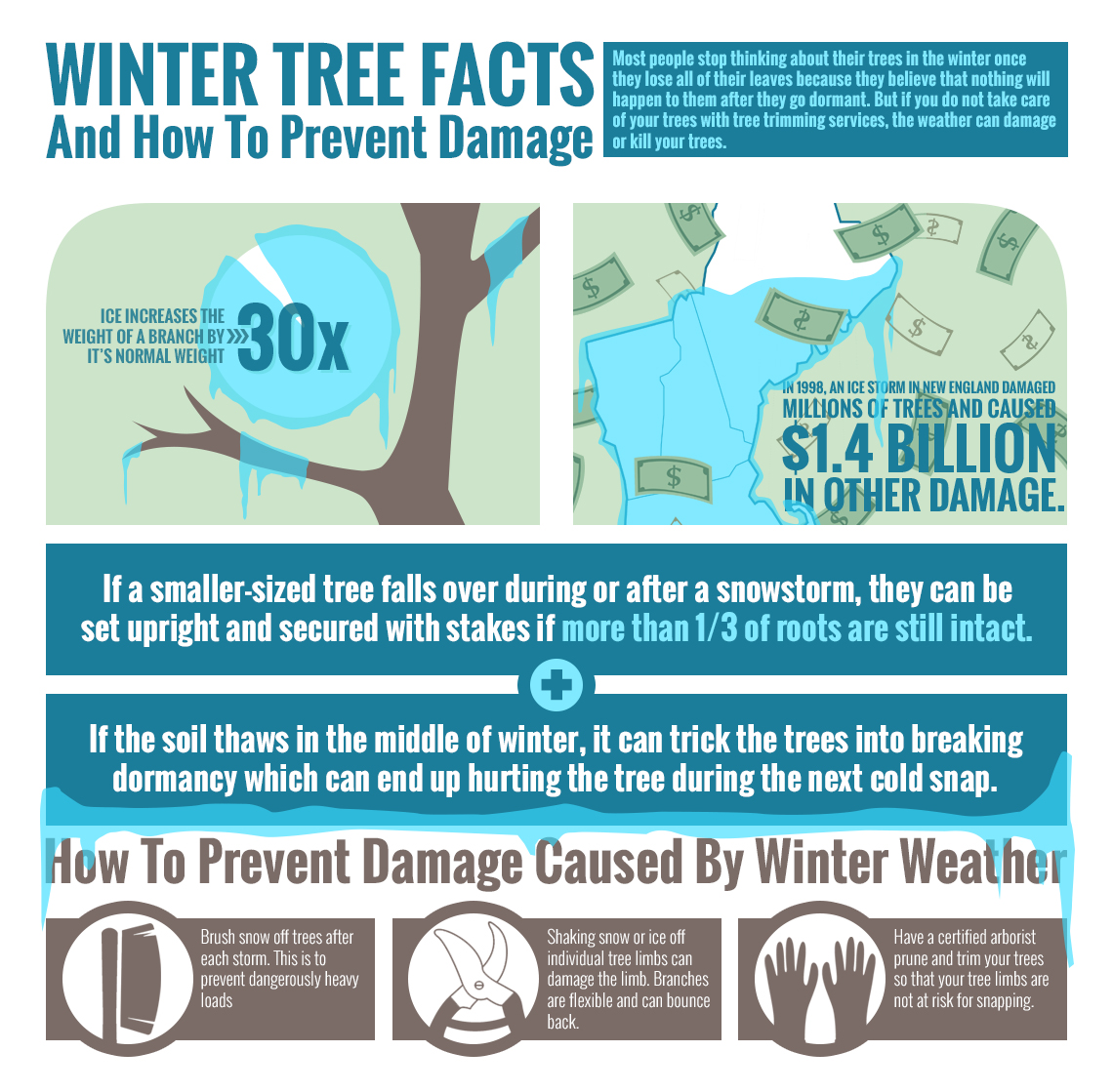Post-Tree Removal Maintenance Is Important For Restoring Your Landscape; Learn Key Actions To Renew Your Area And Stay Clear Of Prospective Problems
Post-Tree Removal Maintenance Is Important For Restoring Your Landscape; Learn Key Actions To Renew Your Area And Stay Clear Of Prospective Problems
Blog Article
Material Written By-Langley Als
After a tree's elimination, your landscape may look fairly various, and it's vital to analyze the consequences carefully. You'll intend to evaluate the dirt disturbance and check surrounding plants for any kind of indicators of tension. Disregarding these variables can result in larger issues down the line. So, what should you make with those stumps and roots? And just how do you choose the most effective plants for your revitalized space? Allow's check out these vital actions.
Examining the Results: Evaluating Your Landscape
After a tree removal, it's crucial to evaluate your landscape to recognize the influence it has on your yard.
Start by checking out the location where the tree stood. Try to find indications of soil disruption, and inspect the bordering plants for any type of tension or damage.
You must likewise take note of exactly how the removal has actually changed sunshine exposure and air movement in your garden. This shift can affect the development of neighboring plants, so it's necessary to examine their health and wellness.
Take into consideration the visual aspects also; the removal might produce an open space that you can upgrade.
Lastly, think about any type of prospective disintegration problems that might arise from the tree's lack. Addressing these elements early will assist bring back equilibrium to your landscape.
Managing Stumps and Origins: Options for Elimination
When you have actually analyzed the after-effects of the tree removal, you'll likely require to take on the stump and roots left.
You have a few options for removal. https://www.theatlantic.com/ideas/archive/2020/05/cruel-summer-young-americans/612154/ is stump grinding, where an expert uses a machine to grind the stump down to below ground degree. This technique leaves marginal interruption to your landscape.
If you prefer a DIY technique, you can use a combination of excavating and chemical stump removers. Just keep in mind, this procedure can require time and initiative.
Alternatively, take into consideration leaving the stump as an all-natural feature, which can serve as a special yard element or habitat for wildlife.
Whatever you select, dealing with the stump and roots is vital for restoring your landscape.
Picking the Right Plant Kingdoms for Your New Area
As you examine your freshly removed room, picking the right plants can significantly enhance your landscape's appeal and functionality.
Start by taking into consideration the sunshine and soil conditions. For Pruning Montmorency Cherry Tree , select drought-resistant plants like lavender or succulents. In shaded places, brushes and hostas grow well.
Think of the dimension and development routines of your plants; mix perennials and annuals for seasonal variety. Don't neglect to integrate native types; they need much less upkeep and support local wild animals.
Team plants in strange numbers for a much more natural look and create layers for aesthetic deepness.
Ultimately, ensure you have a mix of shades and appearances to keep your landscape vibrant throughout the periods.
Delighted planting!
Conclusion
Finally, recovering your landscape after tree removal is a satisfying process. By assessing the after-effects, addressing stumps and origins, and picking the right plants, you'll develop a growing setting. Don't neglect to incorporate disintegration control procedures to safeguard your dirt. With a little initiative and care, you can transform your area into a lively garden that enhances your property. Accept the chance to rejuvenate your landscape and appreciate the beauty of nature right in your yard!
